The term Blaxploitation belongs to the early ’70s in terms of its thematic, formal and political aspects. The evolution of the genre is closely attached to the formation of stereotypes in the history of cinema. A loose definition of blaxploitation genre encompasses movies with anti-establishment plots in which African-American protagonists lock horns with the law and order while challenging their destiny. Though such movies were made for the African-American viewers who are not happy with the macho, white protagonists’ adventures on screen, the blaxploitation flicks were widely criticized for the stereotypical representation of African-American identity.
The major criticism was against the portrayal of African-American protagonists as morally corrupt individuals who voluntarily chose the wrong paths of crime and violence against the stark social reality of racial oppression and exploitation. Nevertheless, movies came out between 1970 and 1979 provided the African-American community with their own heroes and cults to follow, as a parallel to the predominantly white Hollywood narratives.
The genre evolved in the backdrop of turbulent civil rights movements, the strained racial relations and a guilty national conscience. Blaxploitation movies compelled the Hollywood studios to heed the uproar of “Black Power” echoing from the ghettos and Harlem. Over the years, it has established as a well-defined genre that has cultural and political significance in the history of Hollywood. With all that said, here’s the list of the best blaxploitation movies of all time. You can watch several of these blaxploitation movies on Netflix, Hulu or Amazon Prime.
13. Super Fly (1972)
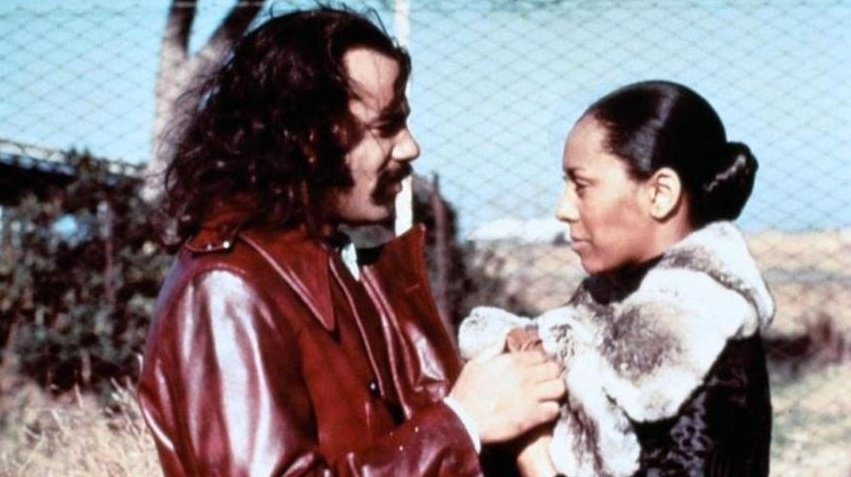
‘Super Fly’ is known for Ron O’Neal’s gritty drug dealer character, Youngblood Priest, and the ecstatic soundtrack by Curtis Mayfield. Youngblood Priest realizes that there are only two ways out of Harlem for an African-American drug dealer who specializes in selling cocaine — either death or prison. But he is not ready to take either of them. Instead, Priest plots the biggest deal in his life which will not only make him immensely rich but also help him to get out of the tentacles of the drug mafia in Harlem. The crime drama earned $6.2M against a budget of $500,000 while offering a neck-to-neck race to Francis Ford Coppola’s ‘The Godfather‘ at the box office. Carl Lee, Julius W. Harris, Sheila Frazier, and Charles McGregor play important roles in the movie. The film is directed by Gordon Parks, Jr.
12. Sweet Sweetback’s Baad Asssss Song (1971)
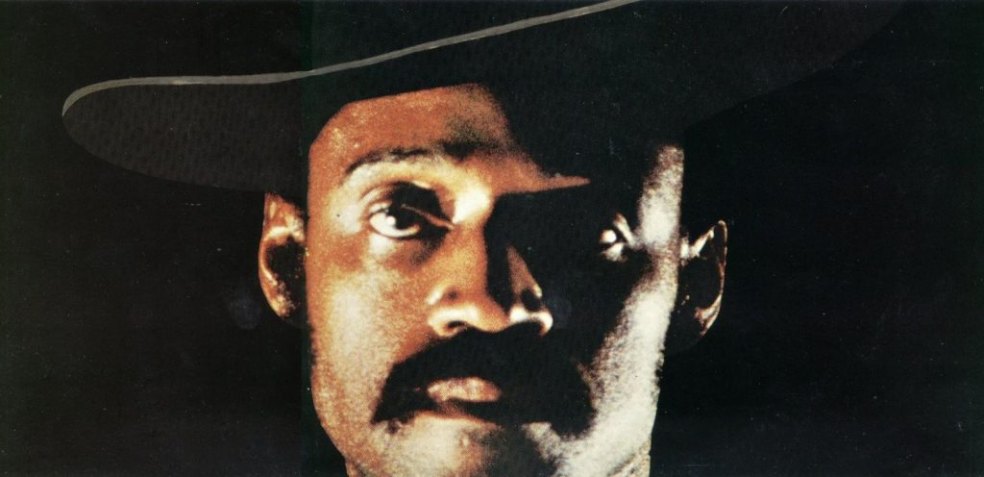
‘Sweet Sweetback’s Baad Asssss Song’ laid the foundation of Blaxploitation movies as a sub-genre. The movie is financed, directed, written, produced, and edited by Melvin Van Peebles. Moreover, he also served as the music director and lead actor to make the movie on a shoestring budget when almost all the major studios rejected the project.
Despite the lower production quality, the movie went on to become a cinematic masterpiece with its unique storytelling using split screen, double exposure, jump cuts, montage sequences, and a non-linear narrative. Melvin Van Peebles plays the titular role of Sweetback, who is a sex show performer in a brothel. The other cast includes Mario Van Peebles, Rhetta Hughes and John Amos. According to Variety, the movie proved that African-American macho heroes who radiate ultra-violence too can attract huge crowds at the box office and churn out blockbusters. ‘Sweet Sweetback’s Baad Asssss Song’ kickstarted the Blaxploitation wave at the box office while Van Peebles was hailed as the pioneer of the genre.
11. Trick Baby (1972)
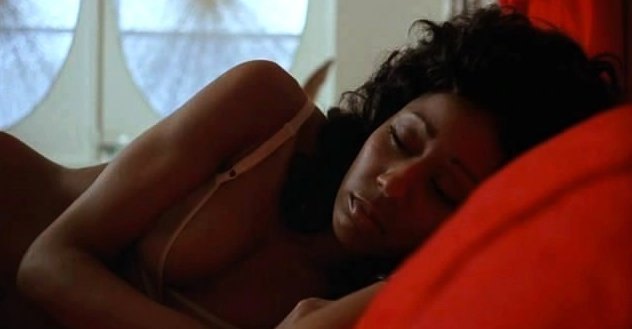
The crime-drama ‘Trick Baby’ is based on the 1967 novel of the same name by Iceberg Slim. The plot follows two gangsters in Philadelphia, Blue Howard (played by Mel Stewart) and White Folks (played by Kiel Martin). Blue and White use the racial dynamics between the Whites and African-Americans to loot people’s fortunes. White Folks’ mother is African-American and father is White. He uses his mixed racial identity to perform various illegal activities. The pair operates successfully until one of their previous cons boomeranged. Soon, they find themselves as the targets of goons and a wicked cop. Directed by Larry Yust, ‘Trick Baby’ is remembered for its unexpected and haunting climax.
10. Coffy (1973)
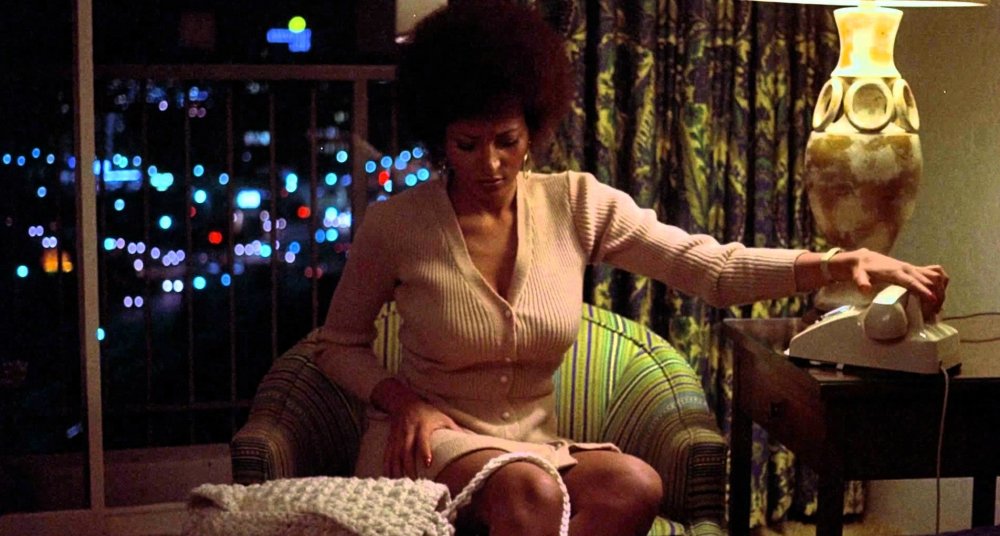
‘Coffy’ introduces one of the first female vigilantes in the history of Blaxploitation movies. The plot follows the titular character Coffy, which was a breakout role for Pam Grier, who lives a dual life of a furious female vigilante and an ordinary hospital nurse. When her sister falls prey to the drug dealers in the town and becomes a heroin addict, Coffy embarks on a revenge mission. She reaches out to the dangerous drug dealers in the city’s underbelly with a shotgun to settle the scores for the state of her 11-year-old sister. The unprecedented box office success and cult status of ‘Coffy’ catapulted Pam Grier as the Queen of Blaxploitation movies in the ’70s. The movie is written and directed by Jack Hill.
9. Blacula (1972)
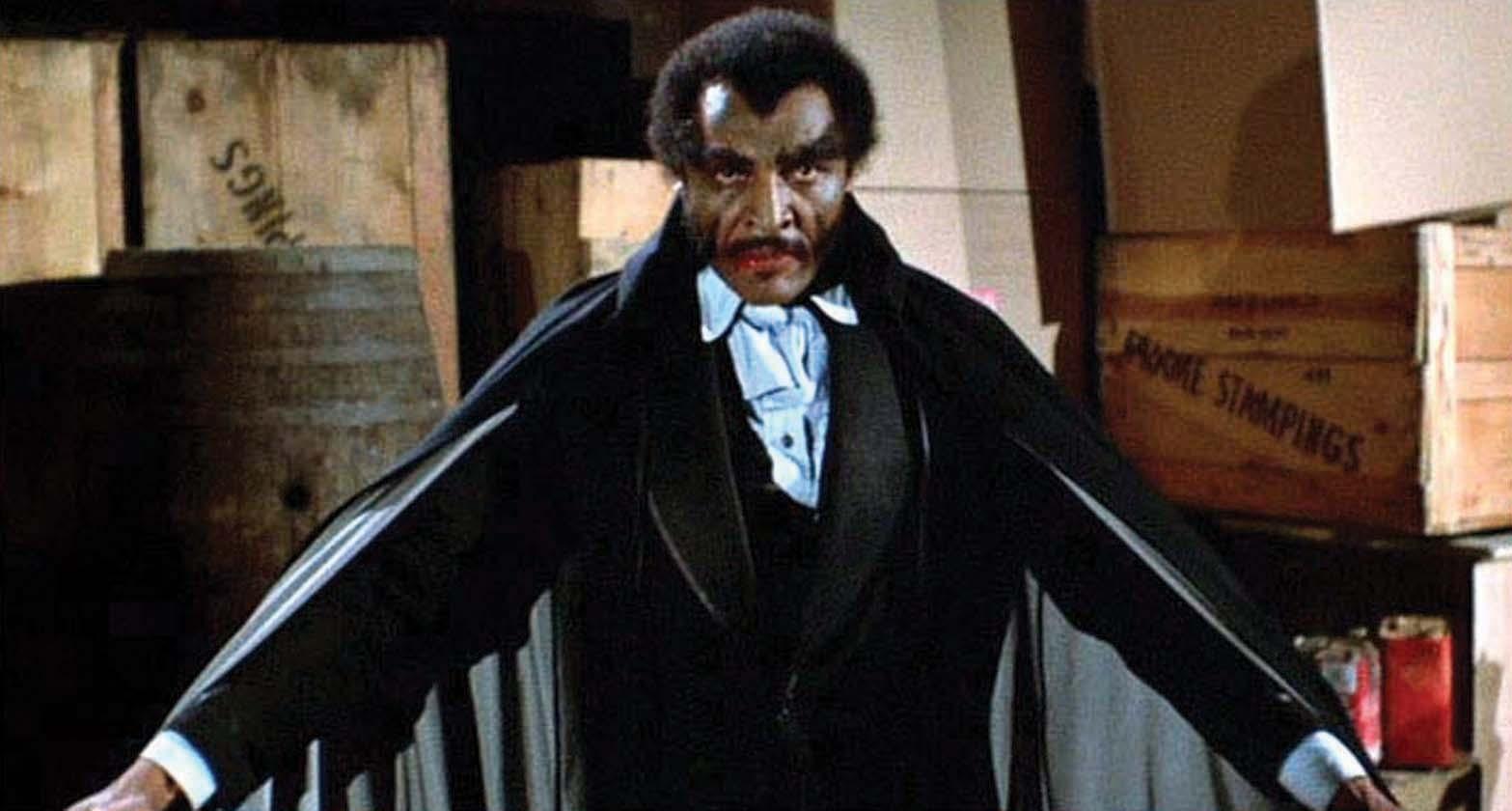
‘Blacula’ brought horror into Blaxploitation tropes and mixed them all to deliver a genre-bending retelling of Bram Stoker’s classic novel. The plot follows the 18th-century African prince named Mamuwalde (played by William Marshall). He reaches out to Count Dracula at the Count’s castle in Transylvania and seeks help to put an end to the filthy custom of slavery. But the mighty Dracula refuses to help Mamuwalde. After a confrontation with Dracula’s vampire attendees, Mamuwalde turns into a vampire. In the year 1972, two interior decorators from the U.S. accidentally come across Mamuwalde’s coffin at Castle Dracula in Transylvania. They ship the coffin to their hometown of Los Angeles. But the bloodthirsty Mamuwalde turns them into vampires as soon as they open the coffin. Rechristened as Blacula, Mamuwalde and his horde of vampires embark on a bloody rampage across the city. The film is directed by William Crain.
8. Live and Let Die (1973)
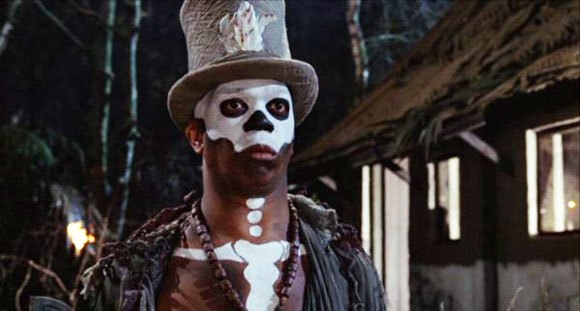
‘Live and Let Die’ is known as Roger Moore’s first outing as the legendary British spy James Bond. But the movie fits into the slot of one of the best Blaxploitation flicks for its representation of African-American identity in the movie. The plot follows Bond into the island country San Monique in connection with the brutal murder of three MI6 covert agents. The mysterious island is under the reign of dictator Dr. Kananga (played by Blaxploitation star Yaphet Kotto). Bond soon breaks into the vault of Dr. Kanaga’s secrets. He learns that Kanaga keeps an alternate identity as Mr. Big, who is a ruthless African-American gangster operating in New York. He uses both the personas for pumping heroin to the New York market from the poppy fields of San Monique. The movie introduces some Voodoo magic gimmicks employed by Kanaga’s henchman Baron Samedi to spread fear across the island. The film also features Jane Seymour in a major role. ‘Live and Let Die’ is directed by Guy Hamilton from a screenplay by Tom Mankiewicz.
7. Black Belt Jones (1974)
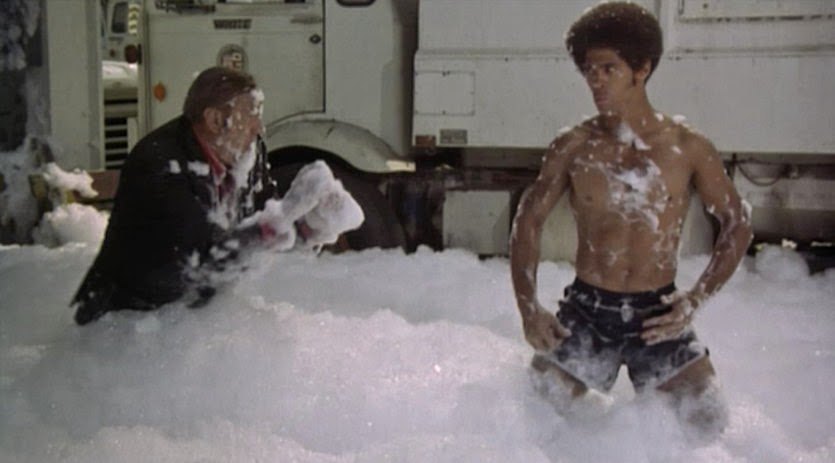
‘Black Belt Jones,’ which is a mix of Blaxploitation and the martial art Kung Fu, features Jim Kelly and Gloria Hendry in the lead roles. The movie is directed by Bruce Lee’s ‘Enter the Dragon’ director Robert Clouse. Jim Kelly had played the supporting role of an African-American martial artist in ‘Enter the Dragon.’ ‘Black Belt Jones’ is often hailed as the spiritual sequel of the martial art classic by some critics. The plot revolves around the titular karate master, played by Kelly, who locks horns with the local mafia for his friend Pop Byrd, played by Scatman Crothers. Gloria Hendry plays the role of Byrd’s daughter, who fights with the mafia hand-in-hand with Jones. The movie turned the norms of the studios upside down by switching the racial identity of the protagonists from Asian to African American.
Read More: Best Psychedelic Movies of All Time
6. Cooley High (1975)
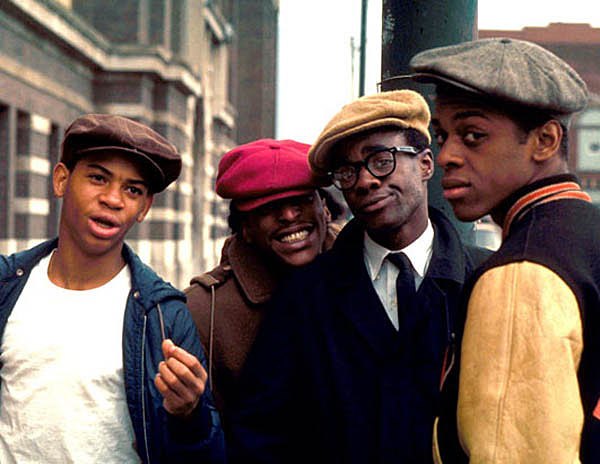
‘Cooley High’ is a coming-of-age drama which is considered to be a classic among Blaxploitation movies. The movie introduces an African-American identity that is very different from other movies in the genre. The plot follows two African-American students of Cooley High, named Leroy “Preach” Jackson (played by Glynn Turman) and Richard “Cochise” Morris (played by Lawrence Hilton-Jacobs). The best friends are more interested in fooling around with other boys along the streets of Chicago than following their classes. Preach is an intelligent student and a poet whereas Cochise is a talented basketball player and a college scholarship winner. The duo continues their reckless life until they end up in prison one night. With its unique plot and setting, the movie paved the way for successors like ‘Boyz n the Hood.’ ‘Cooley High’ is directed by Michael Schultz from a script written by Eric Monte. Variety describes the movie as a black American Graffiti; you don’t have to be an African-American to enjoy it immensely.
Read More: Best Slasher Movies of All Time
5. Coonskin (1975)
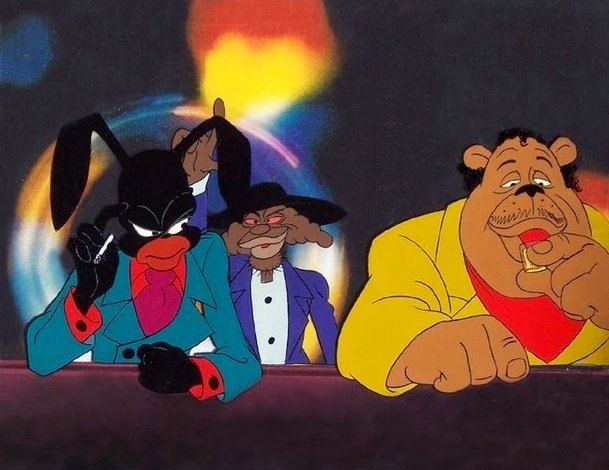
‘Coonskin’ blends live-action and animated characters to tell the exciting story of an African American rabbit, fox, and bear. The plot follows the trio on their way up to the top of the crime syndicate in Harlem. They need to deal with a corrupt law and order system, con men and the deadly Mafia. The movie features Philip Thomas, Charles Gordone, Barry White, and Scatman Crothers in the lead roles. The cast members appear in both the live-action and animated versions. ‘Coonskin’ is written and directed by Ralph Bakshi.
Read More: Best Civil War Movies of All Time
4. Penitentiary (1979)
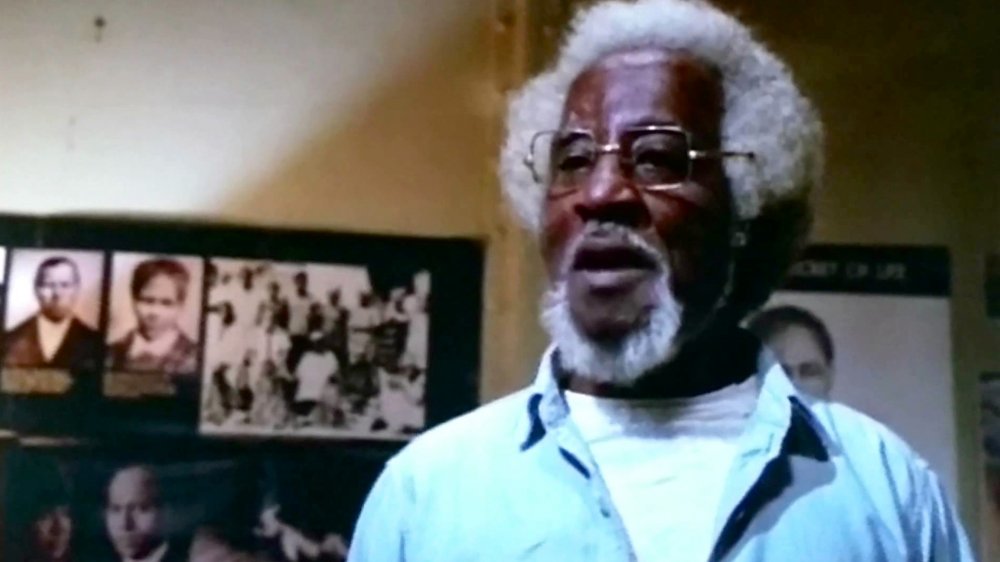
‘Penitentiary’ hit theaters during the dusk of the heyday of Blaxploitation genre. The movie is a prison drama and a boxing flick at the same time. ‘Penitentiary’ features Leon Isaac Kennedy in the role of Martel “Too Sweet” Gordone,’ who is an African-American vagabond. When he is wrongly convicted for a brutal murder, the man finds himself in the middle of a sprawling prison underworld and illegal hand boxing competitions based on betting, all controlled by a white prison guard. When Martel learns that winner of the tournament will be released from the prison, he wants to make a try with his fists. But there is one man standing between him and freedom — the leader of the prison’s strongest gang, Jesse “The Bull” Amos. ‘Penitentiary’ is written and directed by Jamaa Fanaka, who is known for the L.A. Rebellion Film Movement.
Read More: Best Black Movies of All Time
3. Foxy Brown (1974)
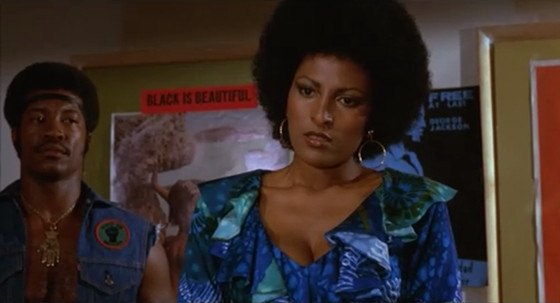
Widely regarded as the most violent entry in the Blaxploitation genre, ‘Foxy Brown’ features Pam Grier in the titular character of Foxy. When she is cheated by her own brother and her mysterious boyfriend is murdered, she embarks on a revenge spree. Posing as a prostitute, she hunts down and punishes everyone responsible for her loss in the most brutal ways. The movie has earned cult status for its portrayal of a strong African-American female lead. Grier’s stunning performance as Foxy catapulted the star as a sex symbol in 70s and cemented her reputation as the undisputed queen of Blaxploitation movies. The film is written and directed by Jack Hill.
Read More: Best Black Romantic Movies of All Time
2. Across 110th Street (1972)
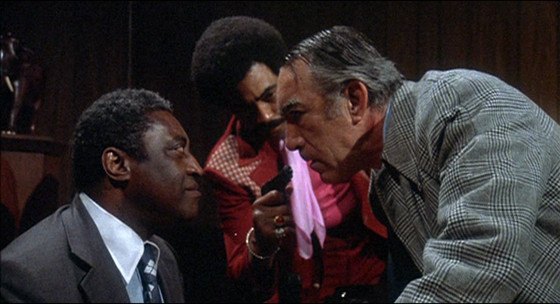
‘Across 111th Street’ is considered as a perfect entrant into the Blaxploitation genre even without employing any cliches of the genre. The plot follows three desperate African-American men who plan a robbery to solve their numerous problems once and for all. The trio kills an entire team of low-level gangsters and steals money from them. But the crime starts hunting them down when a sharp African-American lieutenant (played by Yaphet Kotto) and a racist Captain (played by Anthony Quinn) are assigned to retrieve the loot along with the robbers, dead or alive. Anthony Franciosa and Paul Benjamin also play major roles in the movie. ‘Across 110th Street’ is directed by Barry Shear.
Read More: Best Socialism Movies of All Time
1. Shaft (1971)
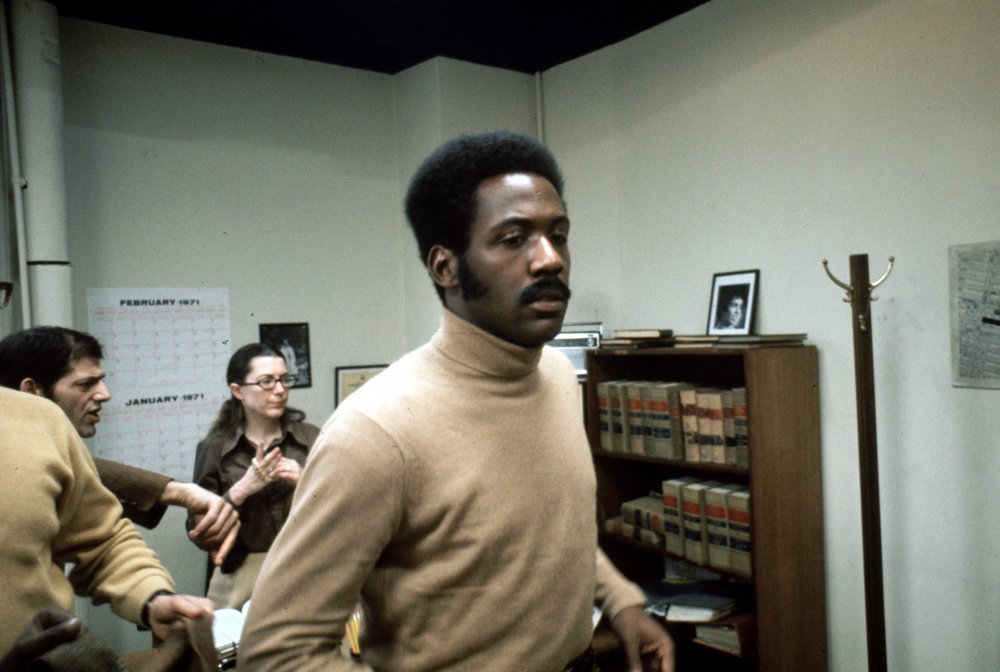
‘Shaft’ is a trailblazer in the genre with a box office haul of $13M against a meager budget. The plot follows the shrewd and tough private eye John Shaft (played by Richard Roundtree). He is hired by the local mobster to track down and bring back his daughter who is held hostage by the Italian mobsters. What begins as a usual assignment for Shaft soon escalates into a full-blown race war between the African-American and Italian gangs.
The movie also marked a turning point in the history of African Americans in Hollywood. ‘Shaft’ became the first major studio project to cast an African-American actor in the lead role when Metro-Goldwyn-Mayer distributed the film in the North American market. The movie went on to become a huge hit and spawned three sequels. Apart from Richard Roundtree, the movie also features Moses Gunn, Charles Cioffi and Christopher St. John in major roles. ‘Shaft’ is directed by Gordon Parks from a script written by Ernest Tidyman and John D. F. Black.
Read More: Best Jewish Movies of All Time

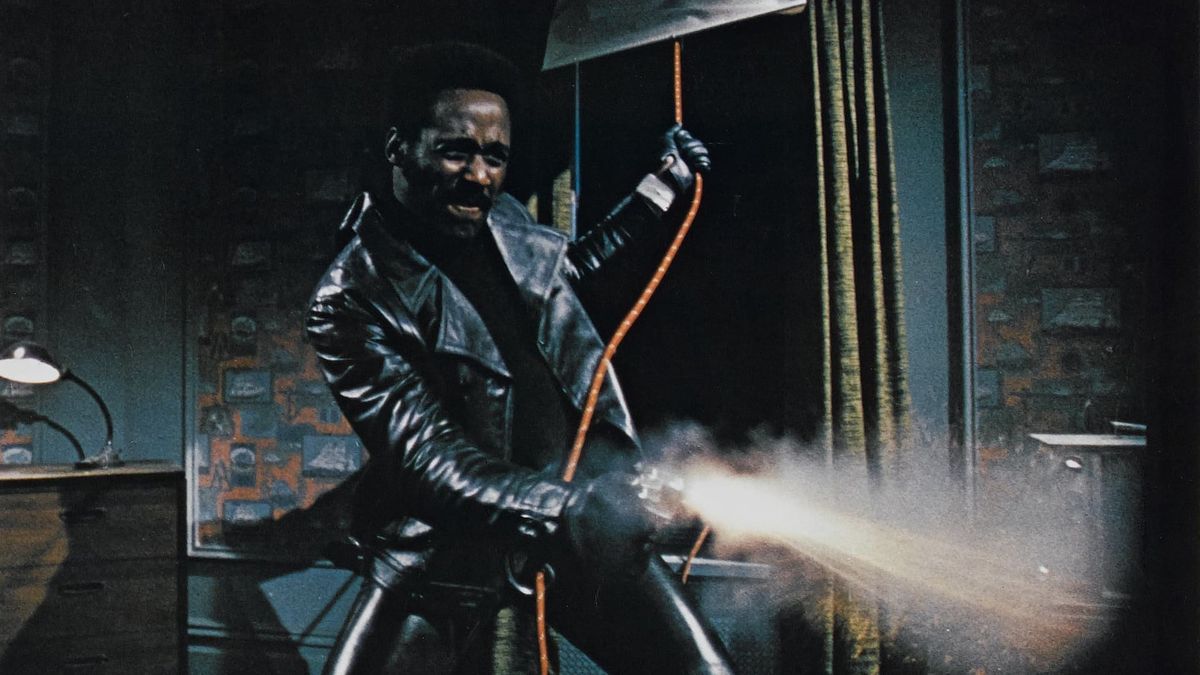
You must be logged in to post a comment.